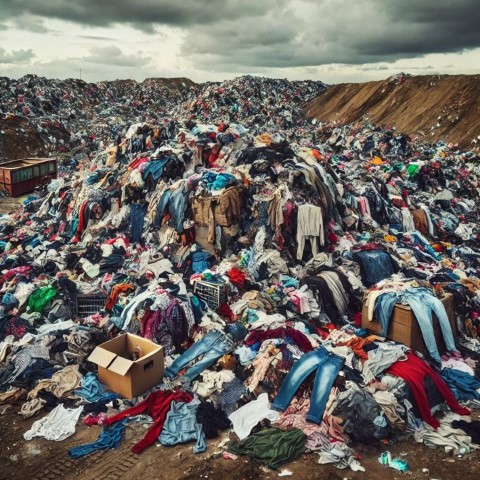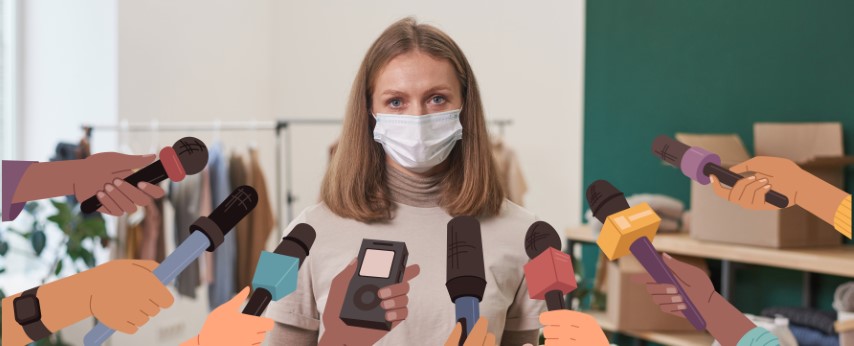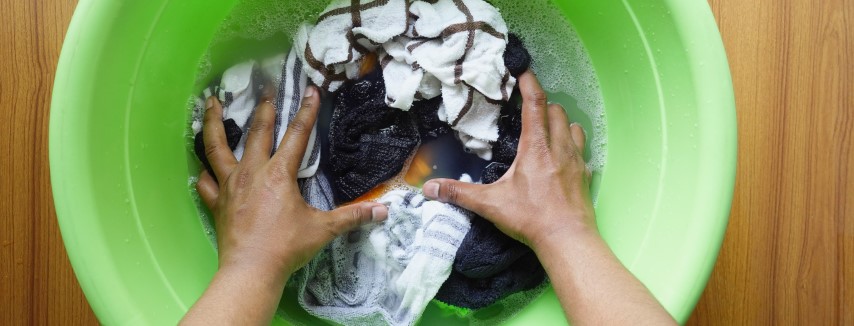
Upcycling vs. Donating: Which is Right for You?
We’ve all been there: staring at a pile of old clothes and wondering what to do with them. Maybe they’re out of style, no longer fit, or just haven’t been worn in years. Instead of letting them sit unused, you’ve got two powerful options to consider – upcycling or donating. Both choices have their own merits, but which one is right for you? Let’s explore the benefits of each with a focus on sustainability and making choices that fit your lifestyle.
What is Upcycling?
Upcycling is all about creativity. It’s the process of taking something old and giving it new life, often by transforming it into something completely different. Whether you’re cutting an old pair of jeans into shorts, turning a worn-out sweater into a cozy cushion cover, or adding patches to revive a jacket, upcycling offers endless possibilities for DIY projects.
The beauty of upcycling is that it keeps textiles out of landfills, reduces waste, and allows you to extend the life of your garments in a creative, personal way. Plus, upcycling often requires little to no additional resources, which means it has a minimal environmental impact.
What is Donating?
Donating, on the other hand, involves passing on your gently used clothes to someone who can use them. You might donate to a local thrift store, a charitable organization, or even a shelter that provides clothing for people in need. When you donate, you’re making your old clothes available to others, reducing textile waste, and supporting community programs.
Clothing donations are a sustainable way to give back, as many nonprofit organizations use the profits from reselling donated clothes to fund community initiatives like job training, housing assistance, and disaster relief.
Now that we understand both options, let’s compare the benefits of each so you can decide which approach suits your lifestyle and sustainability goals.
Benefits of Upcycling
Personalized and Creative Projects
If you love DIY projects or have a creative streak, upcycling might be your ideal way to repurpose old clothes. It’s a fun, hands-on approach that allows you to customize and breathe new life into your wardrobe. Whether you’re turning old t-shirts into reusable tote bags or creating new fashion from vintage garments, upcycling offers limitless opportunities for self-expression.
Reducing Your Environmental Impact
By upcycling, you’re avoiding the need for additional resources like energy, water, and materials, which are required in producing new garments. This makes upcycling one of the most eco-friendly choices out there. Every time you upcycle, you’re reducing demand for new textiles, which in turn reduces the environmental burden of the fashion industry.

Cost-Effective and Resourceful
Upcycling is an affordable option for refreshing your wardrobe or home decor. You can turn an old item into something new without spending a dime, and you won’t need to buy replacements for things like accessories, decor, or even cleaning rags. Upcycling can also inspire resourcefulness, encouraging you to rethink how you can repurpose items rather than buying new ones.
Developing New Skills
If you’re into sewing, crafting, or DIY, upcycling offers a great way to practice and expand your skills. You can experiment with new techniques, like sewing patches or dying fabrics, to create one-of-a-kind pieces. Plus, there’s a sense of satisfaction in knowing you’ve created something with your own hands, especially when it’s an eco-friendly solution.
Benefits of Donating
Helping Others in Need
Donating your gently used clothes directly impacts individuals in need. Many people lack access to basic clothing items, especially in low-income or disaster-affected areas. By donating, you’re providing warmth, comfort, and dignity to someone who may not be able to afford new clothes. Whether it’s a winter coat for a homeless shelter or professional attire for someone re-entering the workforce, your donation could be a lifeline.
Supporting Charitable Causes
Nonprofits and thrift stores rely on clothing donations to generate revenue for their programs. When you donate to places like Goodwill, The Salvation Army, or local shelters, the resale of your clothes funds vital community services, including job training, housing assistance, and food programs. Every donation you make can have a ripple effect, supporting entire communities.

Convenient and Quick
If you’re short on time or not particularly interested in DIY projects, donating is the easiest option. Most communities have donation drop-off locations that are easily accessible, and some organizations even offer free pick-up services. It’s a convenient way to clear out your closet while knowing your items are going to a good cause.
Extending the Life of Clothes
By donating, you ensure that clothes you no longer wear are passed on to someone who can use them. This extends the lifespan of textiles and reduces the demand for new clothing production. Even items that don’t make it to the sales floor may be recycled into rags or insulation, further preventing waste.
Which is Right for You?
The decision to upcycle or donate comes down to your lifestyle, time, and skills. If you love crafting, have a passion for creativity, and want to explore sustainable fashion in a hands-on way, upcycling might be perfect for you. It’s a rewarding and eco-friendly way to keep clothes out of landfills while expressing your personal style.
On the other hand, if you’re looking for a simpler, more direct way to help others and don’t have the time or interest in DIY, donating is an excellent option. By donating, you’re ensuring that your clothes benefit others and contribute to the circular economy, helping to reduce textile waste while supporting charitable programs.
Why Not Do Both?
Of course, you don’t have to choose just one! You can adopt a combination of upcycling and donating depending on the items you have and the time you can invest. For example, you could upcycle your old t-shirts into reusable bags and donate clothes that are in great condition but no longer fit your style. This way, you’re getting the best of both worlds—creative sustainability at home and community impact through donations.
Final Thoughts
Both upcycling and donating have incredible benefits, not only for sustainability but also for personal satisfaction and community well-being. Choosing the option that aligns with your lifestyle and goals will allow you to make the most of your old clothes while reducing waste and giving back. Whether you decide to transform old garments into something new or donate them to those in need, you’re making a difference for both people and the planet.

Kelly P
Kelly is your go-to guide for all things community-focused and eco-friendly. With a fun, conversational style, she loves breaking down big ideas into easy, relatable tips. Whether she’s talking about donating clothes, reducing waste, or giving back to the community, Kelly’s all about making a positive impact while keeping things light and engaging. She’s all about action and loves inspiring others to roll up their sleeves and make a difference!

Kelly P
Kelly is your go-to guide for all things community-focused and eco-friendly. With a fun, conversational style, she loves breaking down big ideas into easy, relatable tips. Whether she’s talking about donating clothes, reducing waste, or giving back to the community, Kelly’s all about making a positive impact while keeping things light and engaging. She’s all about action and loves inspiring others to roll up their sleeves and make a difference!





